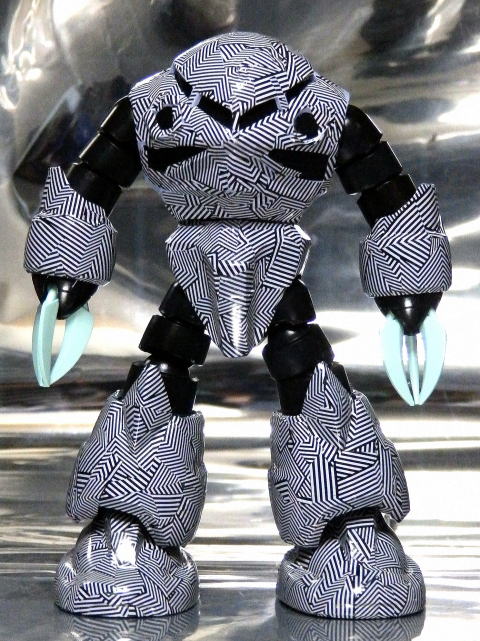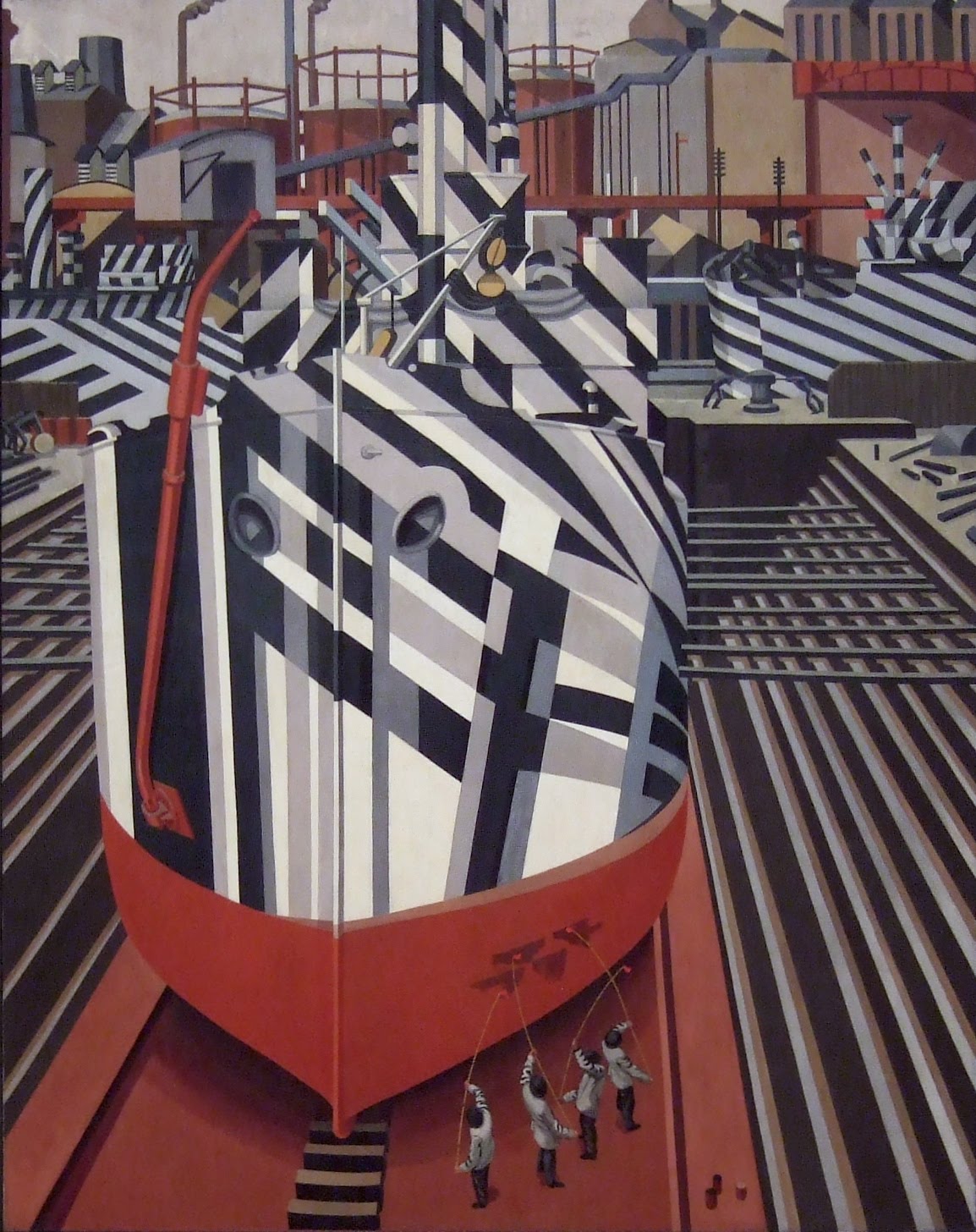
But it's intriguing that they've gone back to this system which was used in the First and Second World War.'

'Submarines still use periscopes when they're looking at warships today. 'Modern stealth warships are built with no flat surfaces so their radar signature is reflected away so it can't be read. 'This is very curious, this is quite new to me that they've gone back to this system. 'They didn't just use greys, they used pinks and blues, because they did an experiment with all the different light conditions,' Mr Stevens added. They're critical in determining your calculations on where and when you would fire your torpedo to sink that ship.'Ĭommander Wilkinson set up a unit in the basement of the Royal Society in London, where artists and draftsmen worked on models put under special lighting conditions to test the patterns. More than 2,000 ships received the strange livery before the end of the Great War. The paint job was used on WWI ships including HMS Furious and HMS Nairana before being appearing in the Second World War on HMS Badsworth and HMS Trinidad, among others. He couldn't make ships invisible - the smoke belching from their funnels were an obvious give-away - but he could make it much harder to identify them, or judge their course and speed. With Britain struggling to deal with the U-boat threat, Wilkinson came up with the idea of confusing skippers during patrols out of Plymouth. It boasts shades of black, white and grey in strange, jarring shapes which were added by shipwrights at the A&P yard in Falmouth, Cornwall.ĭazzle camouflage owes its existence to Royal Navy officer and artist Norman Wilkinson and the height of the first Battle of the Atlantic in 1917.

Military chiefs have resurrected the colour scheme on HMS Tamar, which will head to the Asia-Pacific region later this year. This was designed to deceive enemy shipping about the size, outline, course and speed of a ship, since the consequent distortion made it impossible to assess speed and distance and therefore made attack problematic.The 'dazzle' camouflage paint job applied to a new Royal Navy patrol ship was originally used on an array of vessels in the First and Second World War in the hope that it would confuse enemy German U-boats and ships. This involved painting the sides and upper works of a ship in contrasting colours and shapes arranged in irregular zebra-like, angular patterns to create a distorted effect. What attracted him most were the ships covered in ‘dazzle painting’. Dazzle was a type of camouflage developed by the artist Norman Wilkinson in 1917, in response to the heavy losses sustained by British merchant ships to German U-boat submarines. His detailed drawings not only display his interest for the powerful lines of modern ships, but also his understanding of harbour activities. He was also a fine draughtsman, and saw his subject in terms of rhythmic designs and carefully structured composition. Everett received a permit to draw, and that summer, spent every day at the docks.Īs a practical sailor, Everett’s work reflects the knowledge he gained from living on board a ship. After his first sea voyage in 1898, Everett made marine painting his speciality.Įverett was at first unable to sketch outdoors due to wartime security regulations, but in the spring of 1918, the Ministry of Information asked him to depict London river scenes. Fellow students included Augustus and Gwen John, and William Orpen, whose portrait of Everett is displayed in the Queen’s House. John Everett (1876–1949) trained at the Slade School of Fine Art in London in the late 1890s, during which time he also developed a passion for seafaring. He lived through a time of enormous change – witnessing the first flight across the Channel in 1909, the ending of the commercial use of sailing ships, and two World Wars.He also worked on a series of heavily stylised pictures of Cutty Sark, which he had seen on several voyages.Everett’s marine work forms a unique record of an artist working on ships and painting at sea.He was commissioned by the Ministry of Information to make drawings and paintings of wartime London docks and the Thames, especially the visual effects of dazzle shipping.Everett occupies a unique position in the canon of marine painting through a lifetime’s artistic response to the sea.




 0 kommentar(er)
0 kommentar(er)
